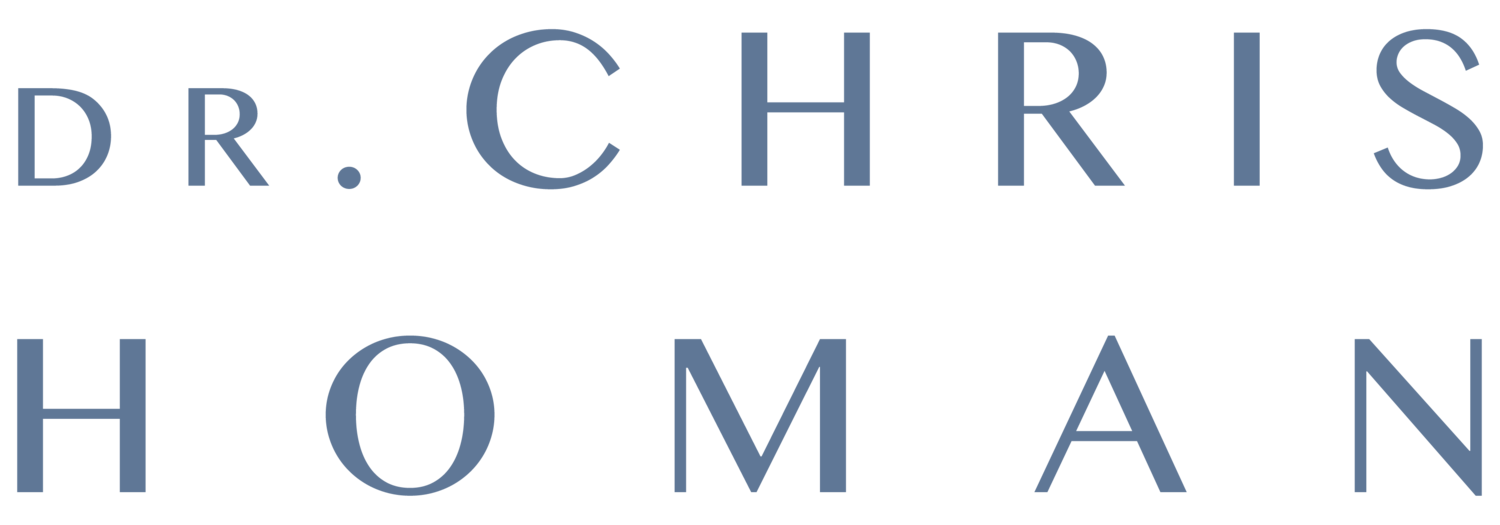Soft tissue needle techniques are a powerful medical tool to help re-program the neuromuscular “software” of the body. They can rapidly release painful muscle spasm and reduce tissue inflammation. Some of the injection therapies that I use include:
Muscular Trigger Point Injections
This injection technique is probably the most powerful way to rapidly change soft tissues. It was developed by Drs Travell and Simons in the 1950’s; who later wrote the industry bible “The Trigger Point Manual”. The technique uses injections of local anaesthetic to release trigger points (knots of spasm) within muscle by eliciting a spinal reflex. Gentle stretching is then used to consolidate the change.
Peri-neural Injection Treatment
This injection technique uses very shallow injections of glucose (sugar) solution to help down-regulate pain circuits. It targets the shallow skin nerves with tiny injections that are only 1-2mm deep. These shallow injections are thought to reduce the release of pain-mediating chemicals (like substance-P and CGRP) from nerve ends.
Steroid (cortisone) Injections
Cortisone is a strong anti-inflammatory substance that mimics the body’s own cortisol hormone. An injection provides targeted anti-inflammatory action for up to 4 weeks, with minimal impact on the rest of the body. It can be helpful to break the cycle of pain and assist the neuromuscular soft tissues to reset. The number of injections in any one spot is generally limited to 3 in any 12 months to avoid weakening the tissues. Cortisone injections generally only cause temporary improvements for joints, although this can literally be good for a holiday.
Referral for Guided Injections
These can be helpful for spinal-mediated pain when the clinical and imaging (MRI) findings both suggest a particular cause. Specialized radiologists are requested to perform specific injections to diagnose and treat spinal-mediated pain.
Superficial Dry Needling
Shallow needling with acupuncture needles is used to create change in the deeper tissues. This often follows lines of increased fascial tension that correlate closely with the myofascial chains of the body, the meridians of acupuncture and the lines of stretch in many yoga asanas.
Dr. Chris Homan
MBBS FRACGP FACRRM DRANZCOG PGDipMSM(Otago)

